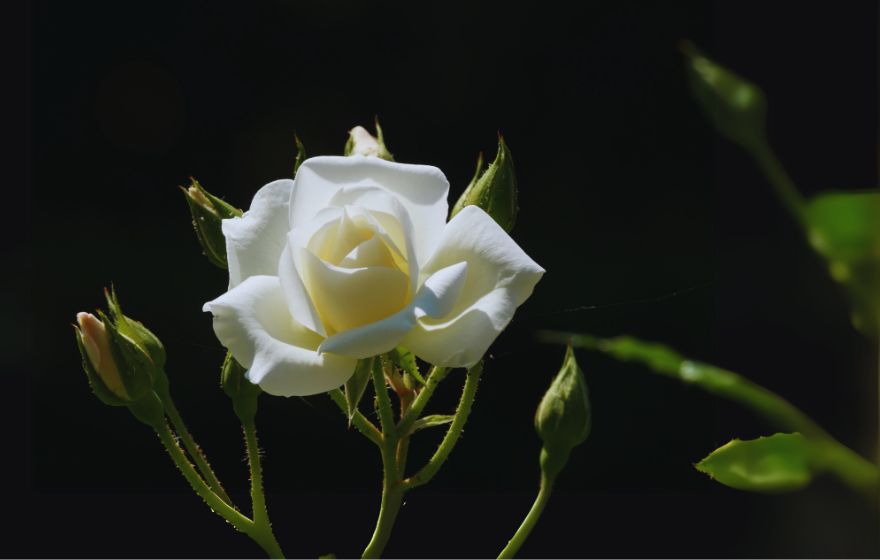Introduction
The Karl Rosenfield Peony presents deep red double blooms that have earned status as a classic peony variety. The herbaceous perennial plant attracts many gardeners because of its powerful flowers and lengthy blooming period and outstanding low-maintenance characteristics.
By giving the proper care Karl Rosenfield Peony can live in your garden for multiple decades thus becoming an essential landscaping addition. This guide offers complete instructions about planting Karl Rosenfield Peony while exploring methods for successful cultivation against care practices that will result in spectacular garden displays.
Choosing the Right Location
Ideal Growing Conditions
Successful growth of Karl Rosenfield Peony needs proper selection of growing conditions. Strategic placement of Karl Rosenfield Peony in an area receiving at least six hours of direct sunlight daily produces its best flower output.
The plant accepts well-draining fertile earth that maintains a slightly acidic to neutral pH value between 6.5 and 7.0. To prevent diseases adequate air circulation must be maintained through planting space that is at least three feet apart.
Planting Karl Rosenfield Peony
Best Time to Plant
Plant Karl Rosenfield Peony during early fall in September or October because this timing enables roots to grow stable before winter begins. Although spring planting works it demands additional care from the gardener throughout the operation.
Steps for Planting Karl Rosenfield Peony
1. Prepare the Soil:
Before planting, make certain the soil is well-organized to offer pleasant surroundings for root repute. Karl Rosenfield Peonies choose rich, properly-draining soil with masses of herbs to be counted. Poor soil situations can cause prone plants and fewer blooms, so taking the time to put together the soil successfully is vital for long-time period success.
To benefit the high-quality results, loosen the soil 12 to 18 inches deep and mix in organic compost, aged manure, or humus. These amendments beautify soil shape, increase nutrient availability, and help maintain moisture at the same time as ensuring more water drains away. Avoid heavy clay soils except they may be amended with sand and compost to enhance drainage. Peonies thrive in soil with a barely acidic to independent pH, ranging amongst 6.Five and 7.Zero, so finding out the soil pH earlier than planting is beneficial.
2. Dig the Hole:
The planting hole should be spacious enough for the tuber to take a seat down without difficulty without being cramped. Dig a hole that is at least 2 feet wide and 12 inches deep to permit adequate area for root enlargement. The wider the hole, the better, as peonies increase sizable root systems that require room to increase.
Loosen the soil at the bottom of the hole to inspire deep root boom, and take into account incorporating a small handful of bone meal or a phosphorus-wealthy fertilizer into the bottom. This permits to stimulate healthful root hooked up order, ensuring robust boom in the coming seasons. Proper spacing among flora is critical—peonies should be planted at least 3 ft aside to allow for good enough air motion, which reduces the chance of fungal illnesses.
3. Place and Cover:
Position the peony tuber in the hole with the eyes (buds) facing upwards. The placement intensity is crucial for correct flowering—bury the eyes 1 to two inches below the soil floor. If planted too deeply, the plant won’t flower properly, as peonies require a shallow planting intensity to bloom efficiently.
After positioning the tuber, lightly cowl it with soil while fending off compacting it too tightly. Press the soil down lightly to make certain desirable contact with a few of the roots and the soil. Firming the soil throughout the tuber allows disposal of air wallet that would dry out the roots. A moderate utility of mulch can be added to hold moisture, however it no longer be too thick, as immoderate mulch can also cause rot.
4. Water Well:
After planting, water thoroughly to settle the soil around the roots and dispose of air pockets. A deep soaking permits the roots to establish extra effectively and encourages new root growth inside the preliminary weeks after planting.
For the number one few weeks, maintain the soil wet but no longer waterlogged. Watering deeply a couple of instances every week at some stage in dry durations prevents transplant shock and promotes healthful installed order.
Once the plant is established, Karl Rosenfield Peonies require deep watering as quickly as steady within a week, specifically inside the course of heat or dry spells. Overwatering can result in root rot, so making sure proper drainage is crucial. During winter dormancy, watering needs to be decreased considerably, due to the fact the plant calls for little or no moisture.
Caring for Karl Rosenfield Peony
Watering Requirements
Newly planted peonies want constant watering to assist them establish strong roots. Water deeply once consistent with week, making sure the soil remains calmly moist but in no way soggy. Peonies have deep taproots that require thorough watering in areas of light, common watering.
Once established, Karl Rosenfield Peonies end up as a substitute drought-tolerant and require much less not unusual watering. During heat summers, providing greater water will help maintain sturdy blooms and save you from wilting. However, peonies dislike soggy soil, so avoid overwatering, which could cause fungal infections and root rot. During wet durations, make certain proper drainage to save you extra moisture buildup.
Fertilizing Tips
Fertilization performs a key position within the growth and flowering of peonies. Apply a balanced 10-10-10 fertilizer in early spring even as new shoots emerge. A gradual-launch fertilizer is proper as it gives ordinary vitamins over time without overwhelming the plant.
After blooming, some other round of fertilization using a phosphorus and potassium-rich fertilizer will help enhance the roots for the following season. Avoid excessive nitrogen, as it promotes leafy growth on the feet of plants. For quality consequences, observe compost or nicely-aged manure across the base of the plant in fall to offer natural nutrients that enhance soil terrific.
Mulching and Weeding
Applying a layer of mulch in spring enables keeping soil moisture, suppressing weeds, and modifying temperature. Organic mulch, together with shredded bark, compost, or straw, is proper as it breaks down over the years and enriches the soil.
Weeds compete for vitamins, so keeping the vicinity round peonies weed-free is vital. A mulch layer of two-three inches prevents weed growth at the same time as maintaining moisture ranges. However, avoid mulching straight away towards the stems, as this can trap moisture and inspire rot.
Supporting the Blooms
Karl Rosenfield Peonies produce big, heavy vegetation, which can purposely stem from slump. Using peony rings, stakes, or cages can assist hold the plant upright, ensuring that plant life lives accelerated. Proper assistance moreover enhances the visible enchantment of the plant with the aid of maintaining the blooms in full view.
Install enables early in the season to keep away from adverse growing stems. Staking the plant also reduces the opportunities of wind damage and prevents blooms from touching the soil, which could lead to fungal infections.
Pruning and Deadheading
After Blooming
Deadheading spent flowers redirects the plant’s strength in the direction of root and foliage development. Removing vintage blooms additionally prevents seed formation that could drain energy from the plant. Regular deadheading improves plant power and encourages more healthy growth.
Fall Pruning
In the past due fall, peony foliage begins to yellow and die again. Cutting the stems properly down to the soil stage permits prevent overwintering pests and illnesses. This also promotes a more potent and more healthy regrowth inside the next season.
Common Diseases and Pests Affecting Karl Rosenfield Peony
Botrytis Blight (Gray Mold) in Peonies
Botrytis Blight is a negative fungal ailment because of Botrytis paeoniae. It flourishes in cool, wet situations, typically performing in early spring. The sickness attacks young shoots, buds, and stems, mainly brown spots, wilting, and gray fuzzy mold. Infected flower buds may fail to open or rot, diminishing the plant’s ornamental value. If untreated, spores unfold hastily, causing huge harm to foliage and blooms.
Solution for Botrytis Blight
Improve Air Circulation: Space vegetation nicely and prune extra foliage to allow airflow, reducing humidity.
Avoid Overhead Watering: Water straight away at the soil stage to hold leaves dry and discourage fungal growth.
Remove Infected Material: Cut and put off any diseased leaves, stems, or buds to save your spores from unfolding.
Apply Fungicide: Use a sulfur-based totally or copper-primarily based fungicide in early spring to save you contamination.
Maintain Garden Hygiene: Clear fallen leaves and lifeless plant fabric in fall to forestall fungal spores from overwintering.
Powdery Mildew on Peonies
Powdery Mildew is a fungal ailment that appears as white, powder-like patches on leaves, stems, and buds. It thrives in warmness, humid environments and weakens plant boom with the useful resource of blockading daylight absorption. Infected leaves may moreover become distorted, yellowed, and brittle, decreasing the plant’s power. If left unchecked, Powdery Mildew spreads rapidly, overlaying entire peony plant life and affecting flowering.
Solution for Powdery Mildew
Increase Sun Exposure: Grow peonies in a complete-sun place to lessen humidity ranges across the plant.
Enhance Airflow: Ensure proper spacing and trim crowded boom to permit air flow, minimizing fungal increase.
Use Fungicides: Apply a potassium bicarbonate or neem oil spray at the first signal of contamination.
Remove Infected Leaves: Prune and smash affected foliage to stop further unfolding.
Water Wisely: Avoid watering within the night to save you extra moisture on leaves.
Peony Leaf Spot
Peony Leaf Spot, resulting from Cladosporium paeoniae, results in dark brown to pink spots on peony leaves. Over time, those spots expand, causing leaves to yellow and drop prematurely. The ailment worsens in wet or humid climate, predominant to weakened plant life with reduced flowering capability.
Solution for Peony Leaf Spot
Improve Drainage: Ensure soil drains properly and keep away from immoderate watering.
Remove Affected Leaves: Regularly prune and do away with infected foliage to forestall sickness spread.
Apply Fungicide: Use chlorothalonil-primarily based fungicides to protect healthful leaves from contamination.
Keep the Area Clean: Rake up and discard fallen leaves in autumn to prevent fungal spores from overwintering.
Common Pests Affecting Karl Rosenfield Peony
Aphids
Aphids are tiny, sap-sucking bugs that cluster on new booms, stems, and buds. They reason distorted leaves, stunted increase, and sticky honeydew, which attracts mold and other pests. Large infestations lessen blooming ability and weaken planet fitness.
Solution for Aphids
Encourage Natural Predators: Introduce ladybugs and lacewings, which feed on aphids.
Spray with Neem Oil: Apply neem oil or insecticidal cleansing soap to kill aphids without harming useful insects.
Use a Strong Water Spray: Blast aphids off plants with a sturdy jet of water to control minor infestations.
Thrips
Thrips are tiny, slender bugs that damage flower buds via the manner of sucking out their juices. Infested buds may additionally fail to open or seem deformed, and petals may also increase brown streaks or spots.
Solution for Thrips
Use Sticky Traps: Hang blue or yellow sticky traps across the vegetation to seize person thrips.
Introduce Beneficial Insects: Release predatory mites or ladybugs to naturally control thrip populations.
Apply Insecticidal Soap: Spray peonies with insecticidal soap or neem oil to dispose of thrips.
Propagation of Karl Rosenfield Peony
Division Method
Plant propagation of peonies works most effectively through the division method instead of seed propagation. During the fall season after every four to five years, an adult plant then carefully investigates its tubers while making sure to keep divisions with at least three to five eyes. Each tuber division needs to be transplanted right away at the same depth level used in original planting to achieve proper development.
Winter Care
Due to its winter-hardy characteristics the Karl Rosenfield Peony stands up against freezing cold weather conditions. Using mild winter mulch applied at a thin layer on the soil helps protect peony roots from cold temperatures in areas with freezing conditions. You should take away mulch coverage from peony beds at the start of spring to let new growth reach the surface unobstructed.
Enjoying Your Peony Blooms
Cut Flower Arrangements
This variety functions well as a cut flower because its attractive big blooms possess a pleasing scent that maintains their charm for multiple days. It is most beneficial to harvest peony stems for flower arrangements during the morning hours when flower buds show a soft texture prior to complete opening. After a fresh cut the flowers should be positioned in water at normal room temperature to prolong their freshness.
Best Companion Plants for Karl Rosenfield Peony
Pairing Karl Rosenfield Peonies with suitable partner vegetation enhances their beauty, prevents pest issues, and helps popular plant health. The first-class associate plant life ought to thrive in similar developing situations, offering visual attraction whilst keeping garden stability. Selecting flora that compliment peonies in bloom time, top, and shade ensures a vibrant and healthy garden for the duration of the growing season.
Salvia (Salvia nemorosa)

Salvia is a notable partner for Karl Rosenfield Peony due to its tall, spiky blooms that evaluate with the round, lush peony flowers. Its wealthy red or blue tones spotlight the deep crimson colours of Karl Rosenfield Peony. This perennial blooms in advance then and after peonies, offering non-stop garden shade at the identical time as attracting pollinators like bees and butterflies.
Beyond aesthetics, salvia is thought for its capacity to discourage common pests including aphids and spider mites, which may damage peonies. It thrives in complete sun and well-drained soil, making it a great low-renovation accomplice. Planting salvia along peonies enhances garden resilience even as making sure an extended-lasting, colorful show.
Catmint (Nepeta)
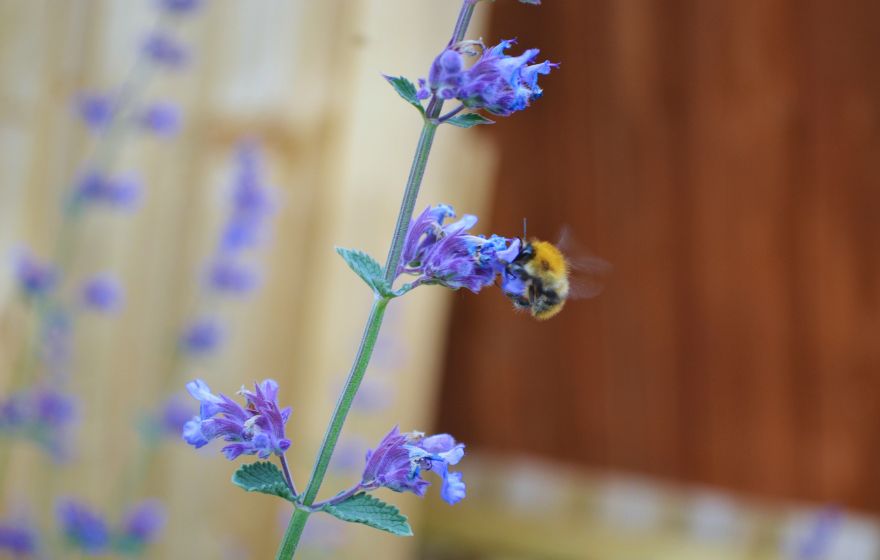
Catmint’s touchy, airy foliage and lavender-blue vegetation create a gentle assessment to the ambitious, velvety petals of Karl Rosenfield Peony. Its long bloom duration fills garden areas before and after peonies, keeping flower beds active. Catmint additionally emits a strong fragrance that repels dangerous pests like aphids, preserving peonies more wholesome at some point of the growing season.
This plant prospers in complete sun, requiring little safety and minimum watering as soon as established. Its spreading boom dependency facilitates suppression of weeds, decreasing opposition for vitamins. Pairing catmint with Karl Rosenfield Peony enhances every scene’s enchantment and ordinary health of the garden.
Alliums (Ornamental Onions)

Alliums, with their tall, round flower heads, offer a beautiful architectural assessment to Karl Rosenfield Peony. Their red, white, or crimson globes upload height and texture to lawn beds, growing a dynamic show. These plants bloom in late spring to early summer season, overlapping with peony flowering time for a striking seasonal aggregate.
Beyond their splendor, alliums act as herbal pest deterrents, repelling aphids, thrips, and distinctive harmful bugs. They thrive in entire solar with well-worn-out soil, requiring minimum care. Pairing alliums with peonies enhances garden shape while supplying a practical pest-resistant answer.
Irises (Iris germanica & Iris sibirica)
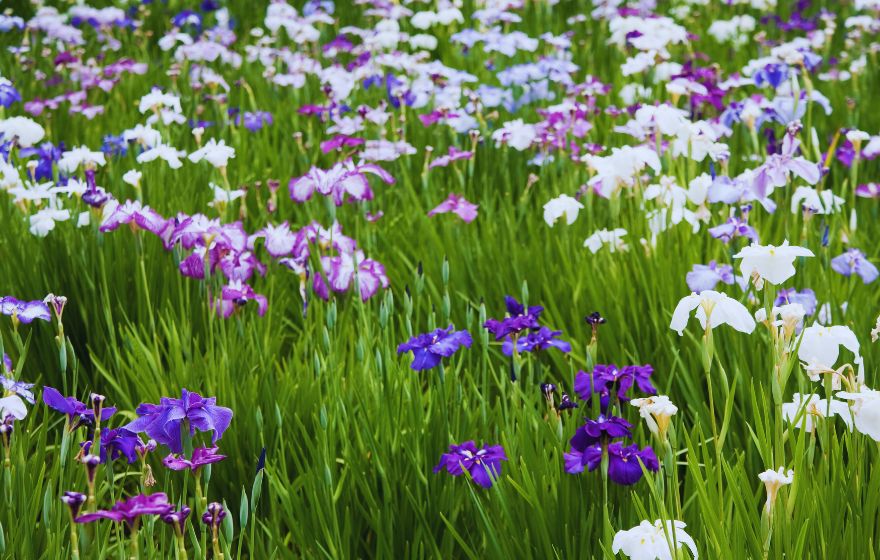
Irises, with their stylish, sword-like leaves and hanging vegetation, supplement Karl Rosenfield Peonies flawlessly. Their contrasting petal shapes and varied colors, together with blue, yellow, and white, add variety to lawn designs. Blooming slightly in advance than peonies, irises make certain that garden beds continue to be colorful in the course of spring.
These perennials share comparable soil and sunlight necessities with peonies, thriving in well-tired soil under full sun. Their deep-rooted nature improves soil aeration, benefiting neighboring plants. Planting irises with Karl Rosenfield Peony creates a visually stunning and properly-balanced lawn.
Lavender (Lavandula angustifolia)
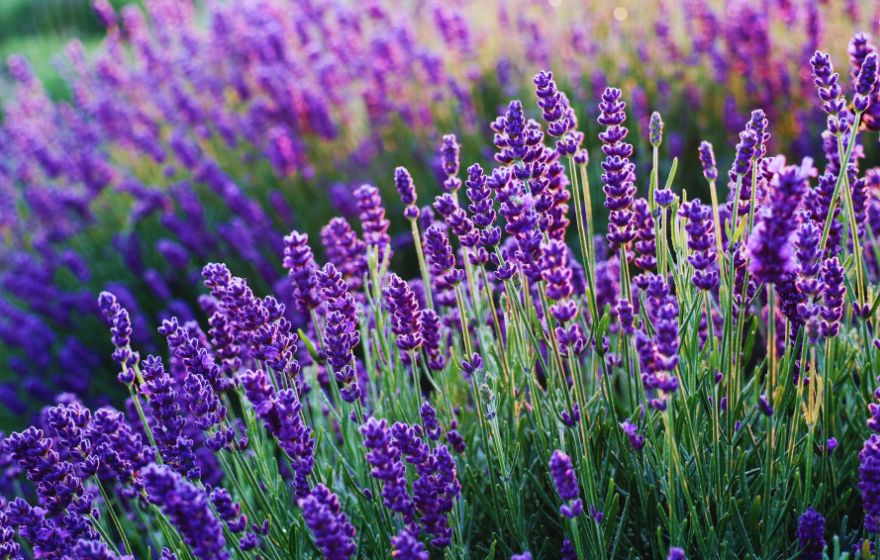
Lavender’s fragrant, silvery foliage offers a hanging comparison to the deep crimson petals of Karl Rosenfield Peony. The soft purple flower spikes complement peony blooms even as they supply a relaxing scent. Lavender’s extended bloom time maintains garden beds energetic even after peony flowers fade.
Aside from its beauty, lavender is thought for its pest-repelling homes, deterring aphids and other insects that could damage peonies. Thriving in dry, nicely-tired soil, lavender helps save you immoderate moisture round peony roots, decreasing the hazard of fungal diseases. This pairing promotes both splendor and plant health.
Foxgloves (Digitalis purpurea)
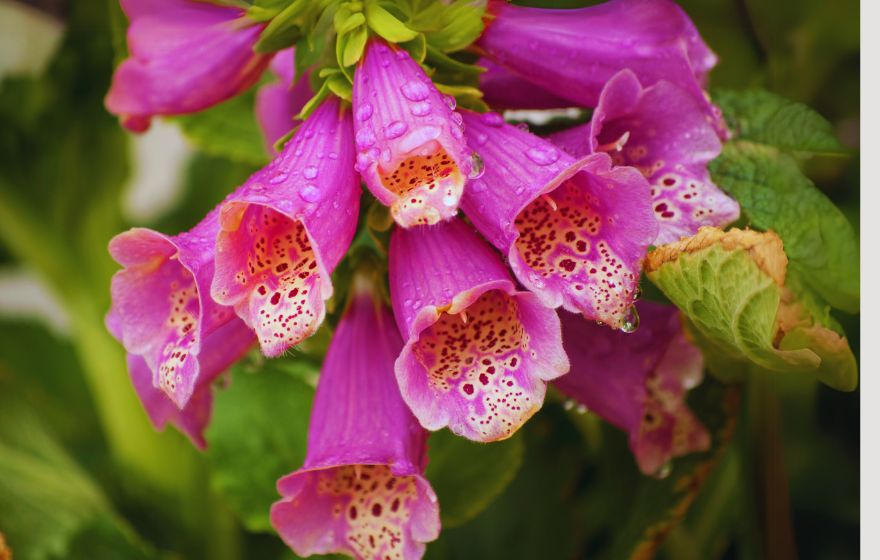
Foxgloves carry dramatic height and vertical interest to garden spaces, making them a super associate for Karl Rosenfield Peony. Their tubular, bell-shaped vegetation in sunglasses of red, white, and crimson superbly supplement peonies’ lush blooms. Foxgloves bloom barely after peonies, extending the lawn’s flowering season.
These vegetation prefer partial coloration but adapt well to complete sun whilst planted alongside peonies. Their deep roots assist in stabilizing lawn soil, stopping erosion. Growing foxgloves with peonies creates an interesting garden show whilst making sure lasting seasonal hobbies.
Hostas (Hosta spp.)
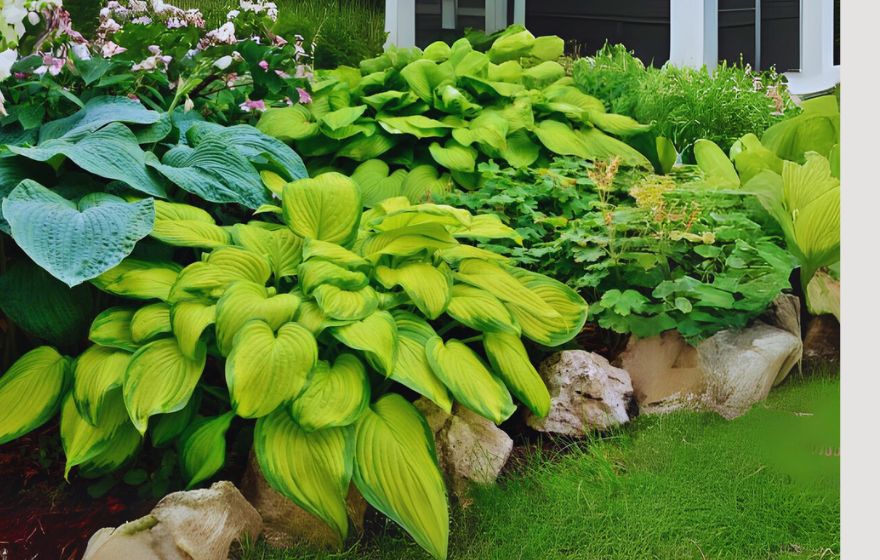
Hostas, with their wide, textured foliage, offer a lovely backdrop for Karl Rosenfield Peonies colourful plants. Their inexperienced, blue, or variegated leaves upload assessment, growing a balanced lawn aesthetic. Hostas thrive in partial colour, making them ideal for filling areas round peonies.
Besides their visible attraction, hostas help retain soil moisture, benefiting peony roots at some stage in warm summer months. They also act as herbal ground cowl, stopping weed growth. Pairing hostas with peonies guarantees a properly-maintained, visually appealing lawn throughout the developing season.
Conclusion
Gardeners will definitely find enjoyment in cultivating and maintaining the Karl Rosenfield Peony. This gardening variety offers leading red flowers along with great fragrance and it requires minimal care thus making it an excellent landscape addition.
When you choose the right spot, deliver appropriate management and perform yearly inspections then you will be able to witness Karl Rosenfield Peony blooms across multiple growing seasons. Karl Rosenfield Peonies flourish in gardens and borders and result in beautiful cut flowers which constantly bring classic charm to your outside areas.

